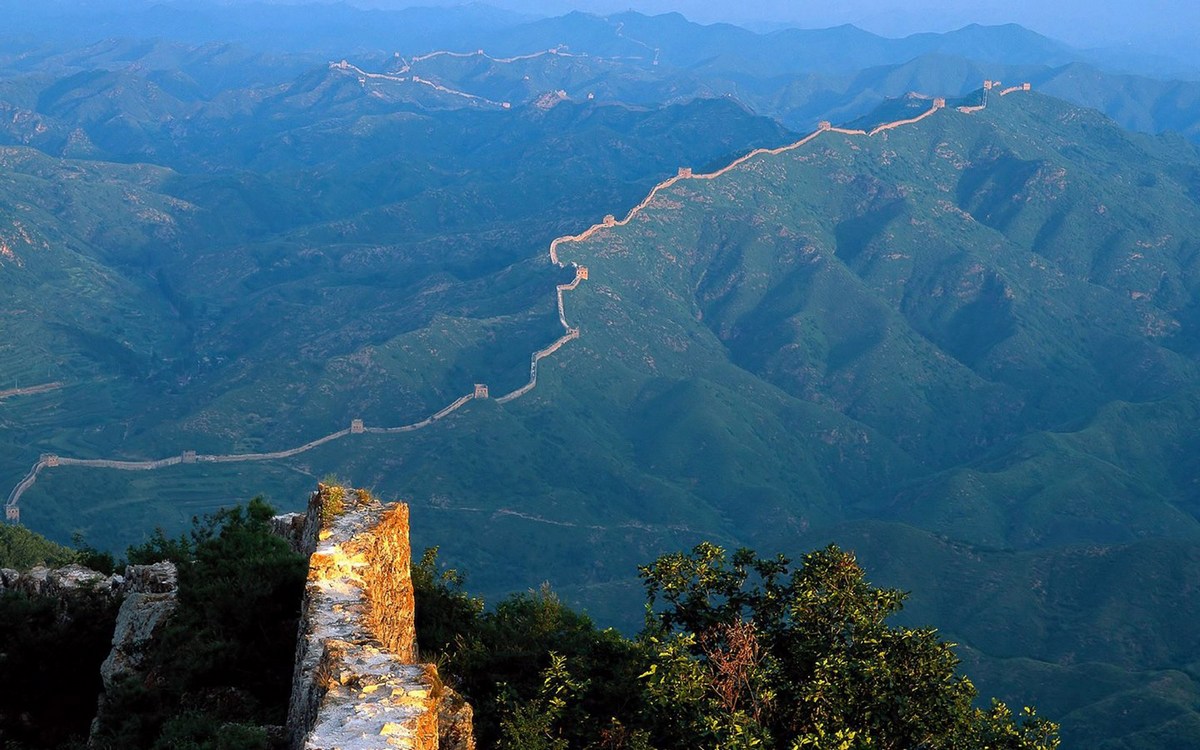December 24, 2018
i-news: best of the best in 2018.
Boys and Girls! I hereby give you the last edition of i-news for 2018. Every year around this time I get the urge to do a bit of light-hearted summarizing and recapping, so we can see in the New Year in a good mood :). So, today we will talk about the loudest, silliest, funniest and weirdest news from the world of IT and cybersecurity that appeared on our screens in 2018.
First, let’s talk about professionalism in the media – you know, stuff like objectivity, investigative journalism and fact-checking. Or, to be more precise, the absence of all those things.
In October, Bloomberg Businessweek published an “investigation” with a pretty sensational headline and authored by a well-known ‘sauna journalist’. The first part of the headline says it all – The Big Hack. The story is based on information from anonymous sources (surprise, surprise!) and claims hardware manufactured by Super Micro has bugs implanted in them. And it’s supposedly been going on for several years. The chips were supposedly found by staff at Apple and Amazon, and the US authorities have been carrying out an investigation since 2015. And then, the interesting part starts…
US plans to retaliate by implanting tiny “chips” in all hardware sent to China according to 17 unnamed sources. pic.twitter.com/ovqChUm6EI
— Brian Bartholomew (@Mao_Ware) October 6, 2018
Amazon denied any knowledge of the bugs, while Tim Cook of Apple said it’s all lies and called for the article to be retracted. Super Micro declared it had never received any customer complaints or questions from the authorities. (All this sounds pretty familiar!) Within 24 hours of the publication, Super Micro shares plummeted 60%. The company called in an outside firm to conduct an investigation that found no evidence to back up the journalists’ claims. Bloomberg appears to be in no hurry to apologize, although it did assign another journalist to do some further research.
Bloomberg Businessweek® — DOES IT EVEN MATTER IF IT HAPPENED?™ https://t.co/0fMmZZCmmu
— Tavis Ormandy (@taviso) December 11, 2018

























